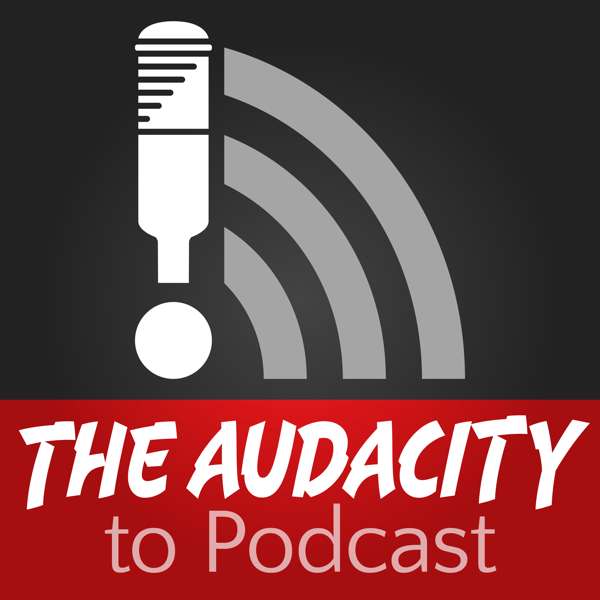
This may have been an extra step but it could save you time when entering ID3 tags. I also stick with mono instead of stereo for many reasons but smaller Most spoken-word shows can get by converting to 128 kbps but I ratchet it up a ‘bit to 192 because I want my intro music to sound clean. iTunes uses the Fraunhofer converter and delivers superb audio in a small file. I will eventually go back and delete them after the podcast has been downloaded for at least a day.

Throughout the editing process I will export the file with a new version name such as MPSOSv01 or MPSOSv02. Don't risk losing everything – if you edit something wrong, have a backup! Take note that I am still exporting the files as WAV.ĪLWAYS ALWAYS ALWAYS have a copy of the original recording. What editing software do you use and why? Need I say more? I use Audacity but have been tempted to try Audition. It should be noted that Levelator is no longer being supported, but I've been using it on my Mac (Sierra) to produce podcasts for 20+ clients (as of January 2018) without issue. After a couple minutes there is a duplicate file in the same folder as the original recording with the volume balanced throughout the track. I use Levelator, a free program for Mac and Windows, because it's as easy as drag-and-drop. This causes my volume to vary depending on how close or how far from the mic head I am.īefore editing the master copy I will normalize and level the volume of the entire track. I tend to move around when speaking into my microphone. Why don't I save time by exporting directly to an MP3? An uncompressed WAV file offers me more flexibility and freedom when editing without degrading the sound quality.įor more about MP3s vs WAV files read this article from Level and Normalize The first thing I do is export whatever has been recorded as a WAV file.

Note: Before recording your podcast you may want to read the Pre-recording Checklist for Podcasters. It can get a bit lengthy but this is my recommended editing checklist for podcasters. I have developed a step-by-step process to refer to when putting all the audio together.

Do you follow a specific workflow once you've finished recording an episode of your podcast?


 0 kommentar(er)
0 kommentar(er)
